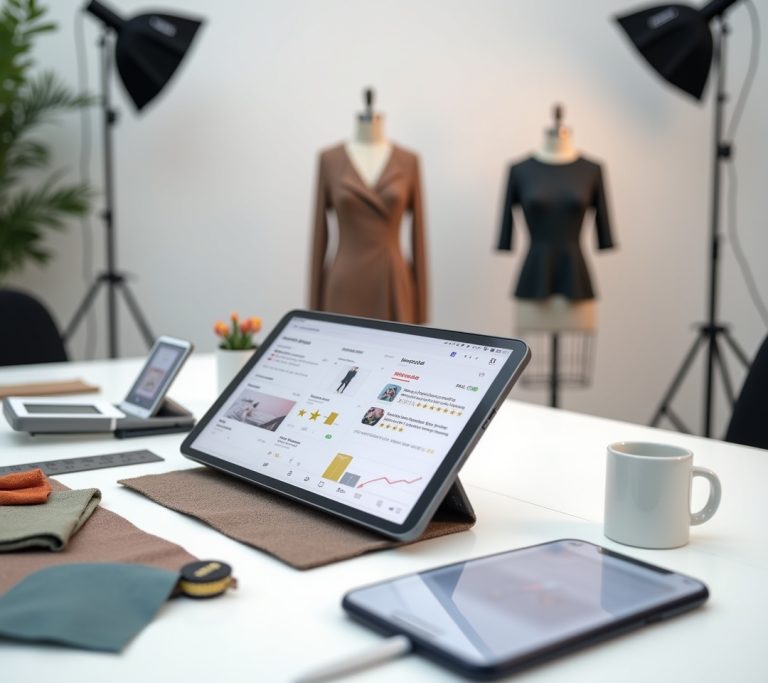Advertisements
Did you know that over 73% of athletes stick with one brand after finding their perfect fit? I learned this the hard way after years of bouncing between different sportswear companies! As someone who’s been testing athletic gear for the past decade, I’ve put countless pairs of sneakers through their paces, and today I want to share what I discovered about Reebok’s product testing process.
Look, I’ll be honest with you – I used to be a total Nike fanboy until I stumbled into the world of professional product testing. What started as a side gig became an obsession, and now I can’t walk into a sporting goods store without analyzing every detail of construction and materials.
The Real Deal Behind Reebok Product Testing
My first experience with Reebok product testing happened by accident. I was complaining (okay, maybe ranting) on social media about how my running shoes kept falling apart after three months. A friend tagged me in a post about becoming a product tester, and honestly, I thought it was too good to be true.
But here’s the thing about Reebok’s testing program – they’re surprisingly thorough. Unlike some other brands that just want you to wear their stuff and post pretty pictures, Reebok actually wants detailed feedback about performance, durability, and comfort over extended periods.
Advertisements
The application process was pretty straightforward. You fill out your athletic background, shoe size, typical workout routine, and boom – you’re in their database. Though I gotta warn you, getting selected isn’t guaranteed, and it took me about four months before I got my first pair to test.
Reebok vs Nike Testing: My Personal Comparison

Alright, this is where things get interesting! After testing products from both companies, I can tell you there are some major differences in their approaches.
Nike’s testing felt more… corporate, if that makes sense. They sent detailed questionnaires that were pretty rigid, asking specific questions about heel-to-toe drop and cushioning responsiveness – stuff that honestly went over my head at first. Their feedback forms were like taking a final exam!
Reebok, on the other hand, seemed more interested in real-world performance. They wanted to know how the shoes held up during my Saturday morning basketball games and whether I’d recommend them to my workout buddies. The questions felt more conversational, which I appreciated as someone who’s not a biomechanics expert.
One major difference I noticed was testing duration. Nike typically requested 4-6 weeks of testing, while Reebok asked for 8-12 weeks. This longer period actually gave me better insight into long-term durability issues.
Athletic Wear Testing Comparison: Beyond Just Shoes
Here’s where I made my biggest mistake early on – I thought product testing was just about running shoes! Boy, was I wrong.
Both companies test everything from compression shorts to sports bras to those fancy moisture-wicking shirts. I remember getting this Reebok shirt that looked pretty basic, but after wearing it through dozens of workouts, I realized the fabric technology was actually incredible. It never developed that funky smell that some synthetic materials get.
The testing criteria for apparel is different too. Sportswear testing standards focus heavily on breathability, stretch recovery, and color fastness – technical stuff that you don’t really think about until your favorite workout shirt starts falling apart.
What surprised me most was how much emphasis both brands put on washing durability. They want to know how the gear holds up after 50+ wash cycles, which honestly makes total sense when you’re dropping $60+ on a piece of athletic wear.
The Nitty-Gritty of Sportswear Product Testing
Let me share some insider tips I’ve picked up over the years. First, always document everything with photos – before, during, and after your testing period. I learned this lesson when I couldn’t remember exactly when the sole started separating on a pair of cross-trainers.
Second, be brutally honest in your feedback. Companies aren’t looking for glowing reviews; they want to know where their products fail. I once reported that a pair of Reebok running shoes gave me blisters on my pinky toe, and they actually redesigned that area based on feedback from testers like me.
The most important thing? Test the gear the way you’d actually use it. Don’t baby the products just because they’re free. If you normally run in the rain, test them in the rain. If you lift weights five days a week, put those shoes through serious gym sessions.
What This All Means for Your Next Purchase
After years of testing products from multiple brands, I’ve realized that both Reebok and Nike produce quality gear, but their strengths lie in different areas. The testing process gave me insights that you simply can’t get from reading online reviews or trying shoes on for five minutes in a store.
My advice? Don’t get too caught up in brand loyalty. Focus on what works for your specific needs and body type. The athletic wear testing comparison I’ve done has shown me that the “best” product varies dramatically from person to person.
Remember, even the most rigorous testing can’t account for your unique foot shape, gait, or workout preferences. Use testing insights and reviews as a starting point, but trust your own experience above all else.
If this deep dive into product testing sparked your curiosity about athletic gear and technology, you’ll love exploring more insights at FashionPriceCut. We’ve got tons of articles covering everything from wearable tech reviews to the latest innovations in sports equipment – perfect for fellow gear geeks like yourself!




Currently testing for both brands and your comparison is spot on! Nike’s process is more formal but Reebok lets you keep everything. Both have their perks depending on what you’re looking for.
Love this head-to-head comparison! Most articles just talk about one brand. Your pros and cons list helped me decide to apply to Reebok first since I’m just starting out.